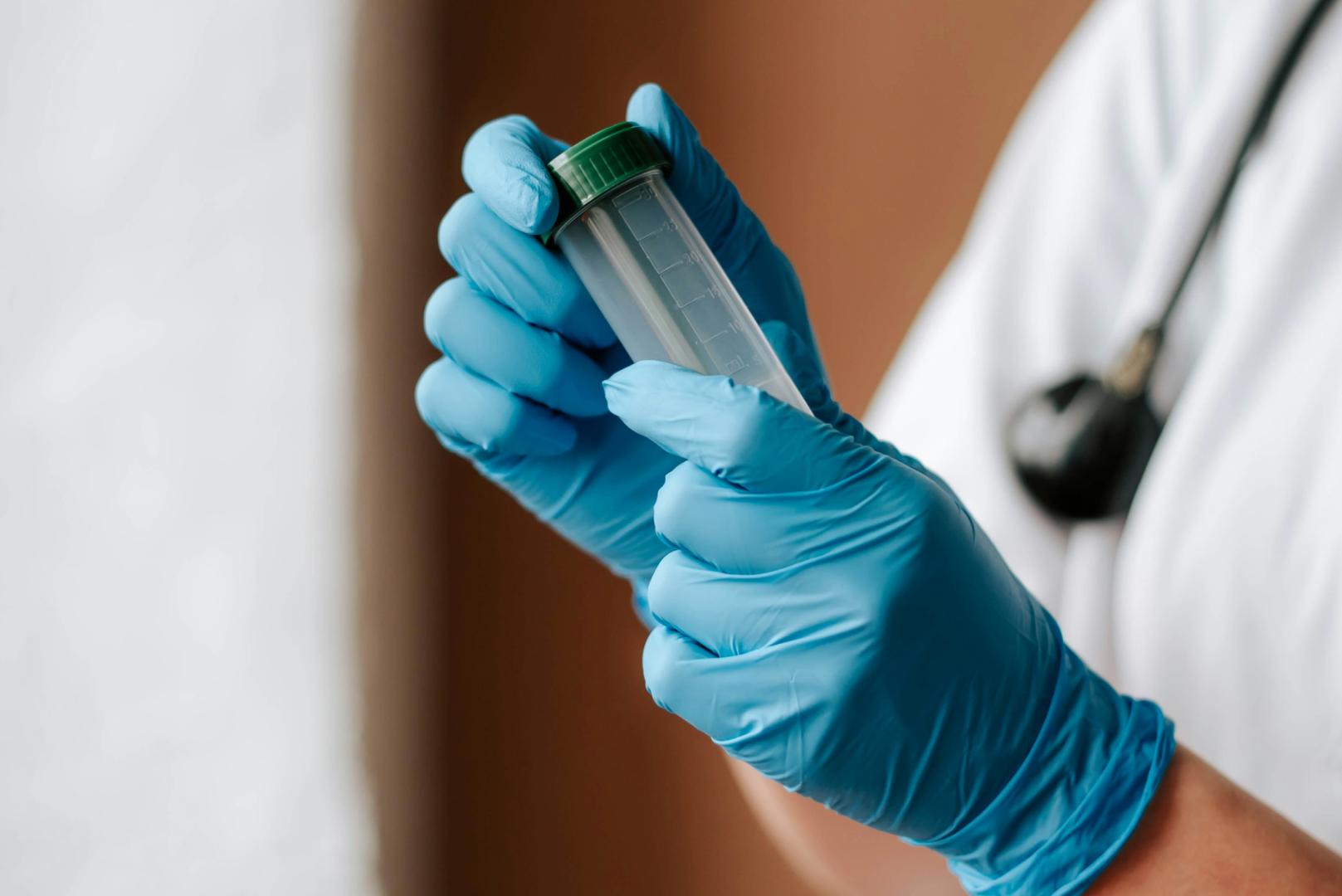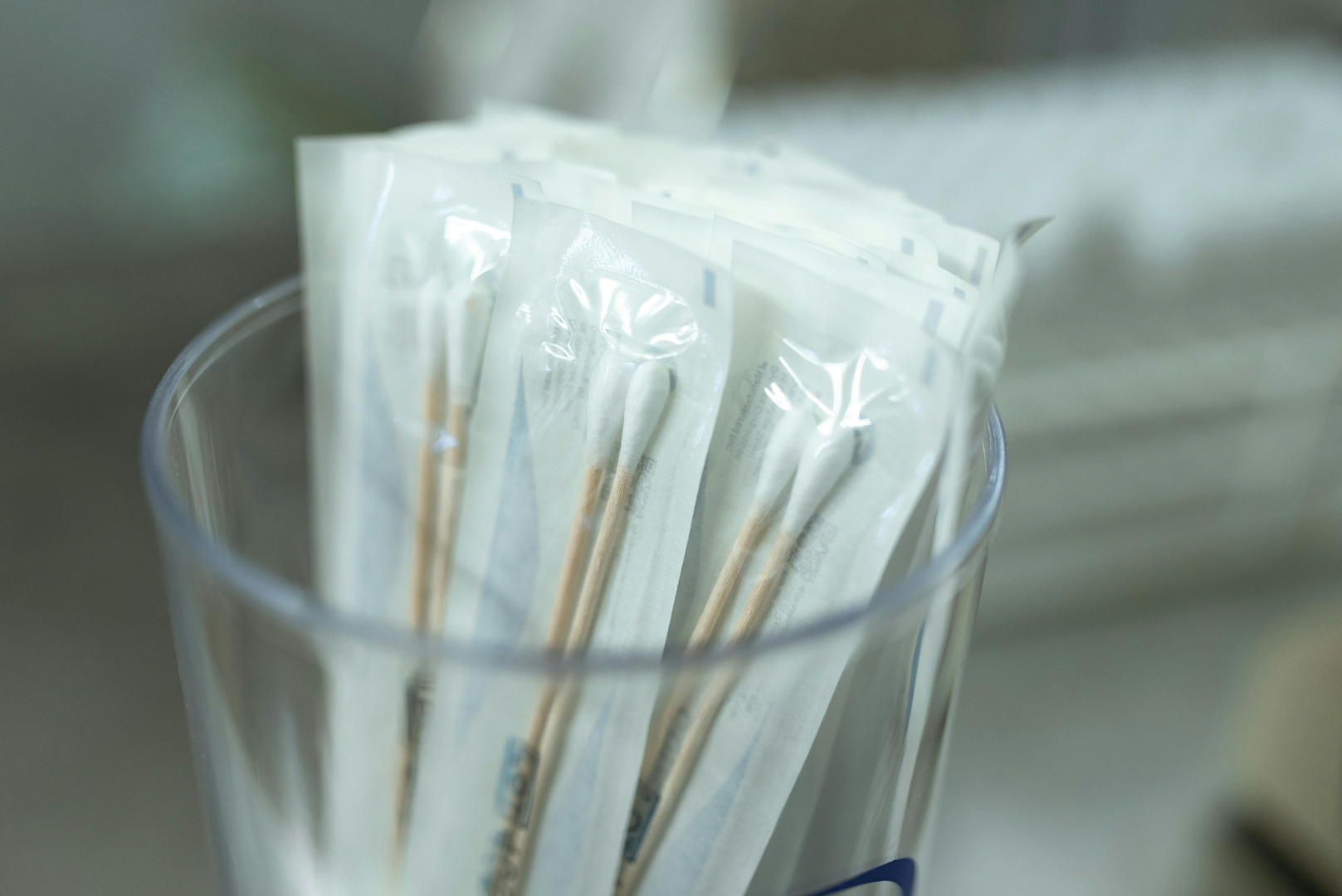A guide to STI testing: Where to find providers, and which types of tests are available?

Getting tested for STIs is an important part of sexual health. If you’re sexually active, testing every 3 months is a great way to consciously practice safer sex, and is an act of care for yourself and your partner(s). Here’s some important information on what kinds of tests to get, when, and how to find them.
Talking to a provider
Make sure you’re familiar with any sexual health clinics or testing services, or healthcare providers in your area. In the U.S., you can find testing clinics on the CDC website, and free STI self-testing via TakeMeHome in select locations, as well as free HIV self-testing anywhere in the U.S. In other locations, you can find testing resources (including those that are free of charge) in BHOC’s global directory.
Elsewhere, check with your local healthcare provider, sexual health organization, or public health authority for testing information specific to your region.
You and your healthcare provider will decide which STI tests you should get. But know ahead of time what you’d like to be tested for, so that you can advocate for yourself if it isn’t offered to you. You can find out more about which STIs to be tested for, and the types of tests available, below.
Here are some things to keep in mind:
- Be open and honest with your healthcare provider. Don’t be afraid to be honest about the number of partners you have or the kinds of sex you have. Healthcare professionals are there to help you; they’ve seen it all, so there’s no need to feel embarrassed. If you feel like your provider isn’t supporting you in ways that help you to be healthy, you might consider exploring different healthcare services.
- Be aware of which tests are relevant to you. Your provider can offer swabs for the vagina, penis, anus, and throat. You should have the option to do these swabs yourself, or your provider may take the swabs for you. They may also draw some of your blood or ask you to pee in a cup. A simple guideline to follow is: if you use it, test it.
- Before you walk out of your provider’s office, make sure you know how you’ll get your results. Will they be online? Will they be mailed to you? Or do you have to call the office in a few days to check? If you don’t get your results after a few days, call your provider’s office to check on them.
- Get tested on a regular basis. Figure out with your provider how often it makes sense for you to get tested. If you’re having regular sex with more than one partner, it might make sense for you to get tested every 3 months.
- Get vaccinated. You can also be vaccinated against certain infections (including hepatitis A, hepatitis B, and HPV). Talk to your medical provider about what vaccines you are eligible for.
Below are some questions that your doctor may ask you. While they may seem personal, answering these questions means you’re providing your doctor with information that may help you lower your risk of STIs, including HIV. In some cases, your doctor may not ask you these questions, so you should be prepared to offer this information on your own. These questions could include:
- Are you currently sexually active?
- In the last 3 to 6 months, how many sexual partners have you had?
- Do you have sex with cis women, cis men, trans people, non-binary people, or all of the above?
- Do you have sex with sex workers?
- What types of sex do you have with your partners?
- Have you had condomless anal, oral, or vaginal sex?
- Have you ever had an STI test where your doctor took a swab of the back of your throat or rectum?
- Have you had a positive test result for HIV or other STIs? If yes, were you treated at that time?
- Do you or your partner engage in recreational drug use?
You should also come to your doctor visits with any additional questions that you have about your sexual health and well-being.
Another part of having a conversation with your doctor is being able to talk about any sexual health issues or concerns you may have, including sexual assault or domestic violence. Although your doctor might not have all the resources to help you, they should be able to direct you to a trained professional who can assist with these concerns.
Adapted by BHOC from It’s Your (Sex) Life, Planned Parenthood, NASTAD.
STI Testing
If you’re performing oral sex, or having anal or vaginal sex, you need more than a blood test and urine sample for STIs. Ask your doctor to offer swabs for the necessary areas to find out for sure.
When it comes to sexually-transmitted infections, be on the lookout for common symptoms: if it hurts when you pee, if there’s a sore or a rash on your genitals, unusual discharge, or if something just doesn’t feel right, these may be signs that you may have an STI, and you should see your doctor to get checked out.
However, the most common symptom of STIs is not having symptoms. This is why getting tested every 3 months can keep you healthy and in the know about your sexual health. Even if you don’t have any symptoms, you could still pass an infection on to your partners, and it could be quietly causing harm to your body. The only way to know for sure is to get tested. Also, the presence of any STI may increase the chances that you can get another STI on top of it, including HIV.
Here’s good news: Many of these STIs are easily treatable with an injection or a prescribed medication by a doctor. Swabs may feel awkward—but they’re pretty quick and easy. To be as safe as possible, get a test every 3 months. And if you have symptoms, get tested and treated right away.
The types of tests available include:
- Physical exam—Your healthcare provider may examine you for any signs of an infection, such as a rash, discharge, sores, or warts.
- Urine sample—You may be asked to pee into a cup at your clinic/doctor’s office. Urine samples can be used to test for chlamydia and gonorrhea as well as pregnancy.
- Swabs—Your provider can offer swabs for the vagina, penis, anus, and throat. Swabs can also be used if you have an oral lesion or discharge. Samples from these sites may be used to test for certain STIs, like chlamydia, gonorrhea, or herpes, and other bacterial infections, like bacterial vaginosis.
- Blood sample—Your provider may take a blood sample, either with a needle or by pricking the skin to draw drops of blood. These can be used, for example, to test for syphilis, herpes, or HIV.
If you test positive, remember that the effects and health outcomes of many STIs can be treated, and many STIs are curable. There are different treatments for different STIs, and some have several treatment options.
The CDC recommends testing for the following STIs every 3 to 6 months if you’re sexually active:
- HIV
- Syphilis
- Hepatitis B
- Hepatitis C
- Chlamydia and gonorrhea
If you’re living with HIV, ask your provider about getting screened for HPV-related anal and cervical cancers as well, as HIV may put you at higher risk for HPV. If you have a cervix, ask your provider about cervical cancer screening as well, which is not recommended as frequently.
Adapted by BHOC from ASHA.
HIV window periods
There’s a period of time after a person is infected during which they won’t test positive. In other words, there’s a period of time when a person is HIV-positive but the test won't show it. This is called the HIV “window period.”
The window period can last between 10 days and 3 months, depending on the person’s body and on the HIV test that’s used. During that time, a person can test HIV-negative even though they’re HIV-positive. Someone in the “window period” of HIV infection can still transmit HIV to another person. In fact, people with very early HIV infection, who may still be in the window period, are actually much more infectious than later on in their infection. That’s one reason frequent testing is so important.
Kinds of HIV tests
Whether you’re going for a regular test or you’re worried that you may have gotten exposed to HIV, it’s best to know exactly which test you’re getting and what it can measure.
Not all HIV tests are the same. Your HIV test experience will differ depending on if you choose to test at home or go to a clinic. The actual HIV tests themselves differ based on what they measure—some HIV tests detect pieces of the virus itself, while other tests measure something the body produces (antibodies) in response to an HIV infection. Knowing the type of HIV test you receive will help you better understand how accurate your results are.
Rapid antibody test
This test looks for HIV antibodies (which our body produces in response to an HIV infection). This test does not detect the HIV virus. Because our bodies can take up to 3 months to produce antibodies at levels that can be detected by this type of test, a rapid antibody HIV test may not give an accurate result for people who have been recently infected with HIV. In other words, people who have been recently infected may test negative for HIV even though they are HIV positive.
Rapid antibody/antigen combination test
An antigen/antibody test performed by a laboratory on blood from a vein can usually detect HIV infection 18 to 45 days after an exposure. Antigen/antibody tests done with blood from a finger prick can take longer to detect HIV (18 to 90 days after an exposure).
RNA tests
This type of test detects the presence of HIV virus material, which means that they are able to detect infections earlier than antibody tests. These tests are more expensive than antibody tests, so are not offered in as many places. 10 to 14 days after infection, there will be enough viral material for a positive result.
Home testing kits
Testing for HIV and other STIs can feel like an inconvenient part of our sex lives. Whether it’s taking time off of work to go to a clinic, paying for testing, or not wanting to deal with judgment about your sex life from healthcare providers, testing may not feel like something you can do regularly. This is where self-testing might be a good fit.
HIV and STI self-testing involves getting test kits mailed to you that you can take at home or in a private space on your own time. Self-testing may feel more private and convenient than going to an in-person clinic.
Self-testing resources: In the U.S., you can access self-testing for STIs via TakeMeHome, as well specific HIV testing. In other locations, you can find self-testing resources via BHOC’s global directory (or check with your local healthcare provider or sexual health organization). Self-tests may include swabs you take yourself, fingerstick blood tests, and saliva tests.
For more information on the different types of self-tests and how to use them, take a look at our self-testing guide. For details on practicing safer sex, read our guide to prioritizing sexual health and safety.


